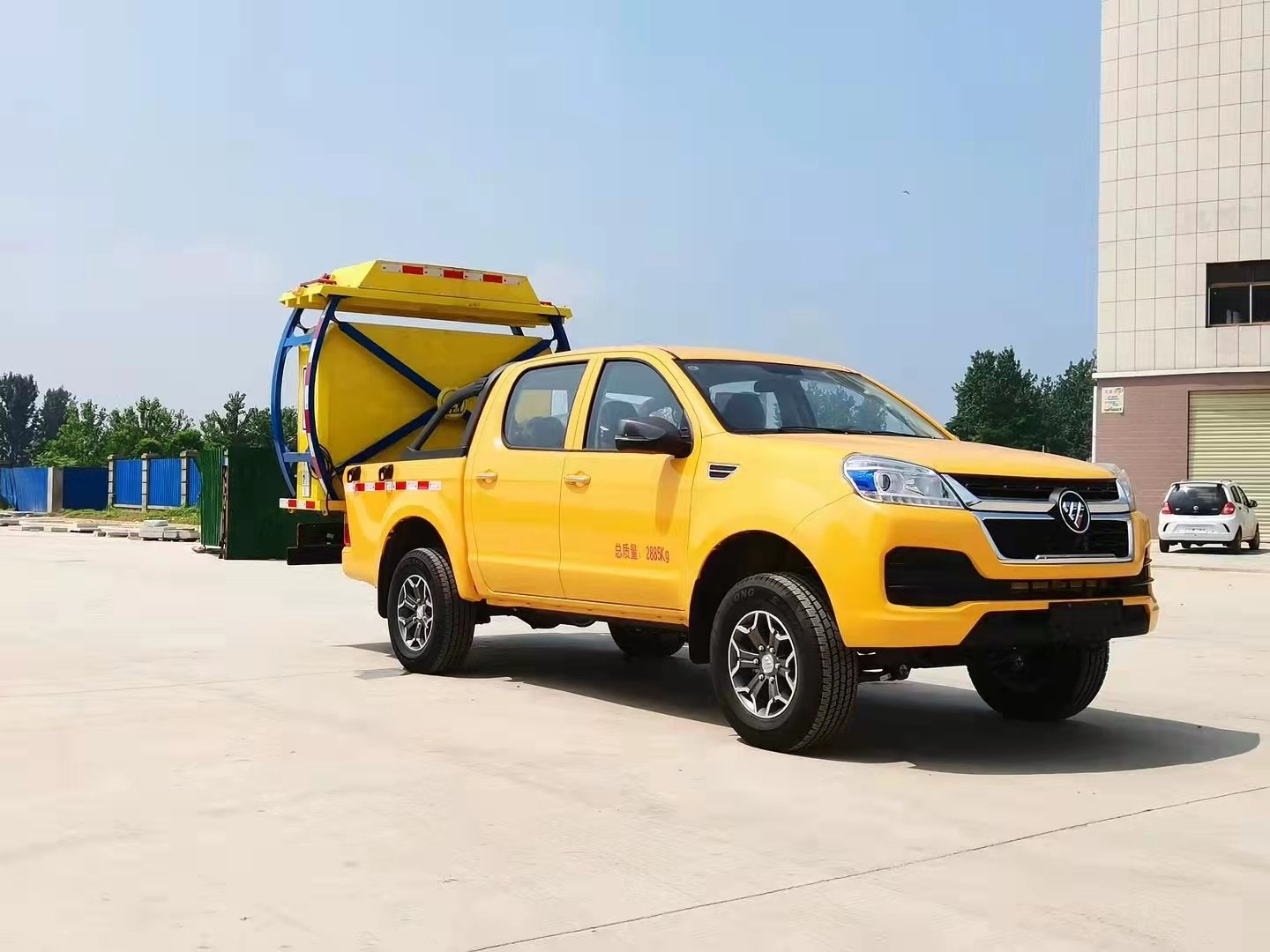When Buying Used Equipment, There Are Five Things To Check For
We use our engineering truck every day. If we want a used piece of it, do you really know what should you consider while evaluating a used piece of heavy equipment? To find out what industry professionals who specialize in construction equipment thought, we put the same question to our Ritchie Bros. Facebook fans. Here are a few of their best responses:
1. Verify The Fluids
Engine oil, transmission fluid, coolant, hydraulic fluid, and other fluids should all be inspected.
You may learn a lot about the state of a machine by examining its fluids, as well as how well it has been cared for throughout time.
Low or unclean fluid levels may indicate that the previous owner neglected routine maintenance, while indicators like water in the engine oil may indicate a much larger issue.
2. Operating Periods
When assessing a machine's condition, the number of hours it has been used isn't the only thing to take into account; but, just like when buying a car, looking at mileage is a smart place to start.
Diesel-powered equipment can operate for up to tens of thousands of hours. If you believe that it might be beyond the number of hours allowed, you might want to make a quick cost/benefit analysis. This will enable you to assess if the money you save by purchasing an older machine is going to be worth the higher maintenance costs associated with looking after something that might malfunction more frequently.
Remember that routine maintenance is still crucial. It's possible that a machine with 1,000 working hours that hasn't been well maintained is a worse investment than one with more.
3. Maintenance Logs
Examining a machine's maintenance logs is the most reliable technique to determine whether it has received routine maintenance.
How frequently were fluids replaced? How frequently were minor repairs required? Has the machine experienced any major problems while it has been in use? Look for any hints that can reveal the machine's usage history and maintenance history.
Note that records don't always pass from one owner to the next, therefore it's important to remember that they don't always indicate that maintenance hasn't been done.
4. Traces Of Wear
There is nothing wrong with dings and scrapes because they are inevitable on any secondhand machine.
Hairline cracks, rust, or other damage that could cause issues in the future or indicate an accident in the machine's past are things to look for here. Any further repairs you'll need to do will result in extra charges and downtime during which you can't utilize your equipment.
Another location to search is under the tires or, on tracked vehicles, the undercarriage. Both can provide you with a wealth of information on how a machine has been used, but keep in mind that they are expensive to replace or fix.
5. Motor Exhaust
An engine can only be evaluated by running it; there is no better method. You may learn a lot about how well the machine has been maintained by how it performs while the engine is cold.
The color of the engine's exhaust smoke is another telltale sign. This frequently reveals problems that you were unaware of.
For instance, black smoke often indicates that the fuel/air ratio is excessively rich. Numerous problems, such as damaged injectors or even something as straightforward as a filthy air filter, could be to blame for this.
White smoke may indicate improper fuel combustion. Either the engine's head gasket is faulty and allows water to mix with the fuel, or there may be a compression problem.
The engine is burning oil when there is blue smoke. Although a damaged ring or seal is probably to blame, other potential causes include an excess of engine oil.
To learn more about us, please just contact us and leave your questions below.


